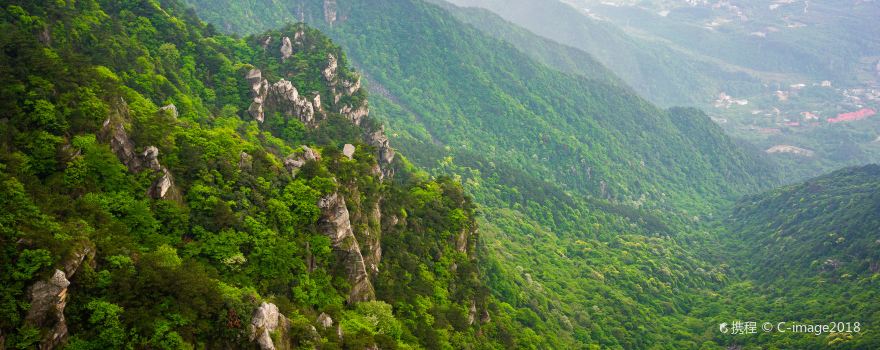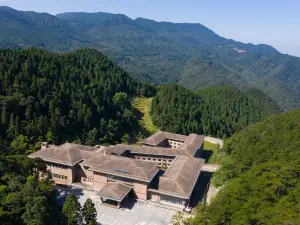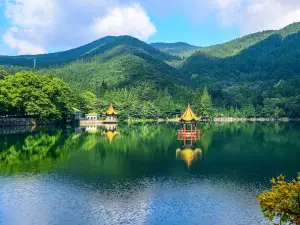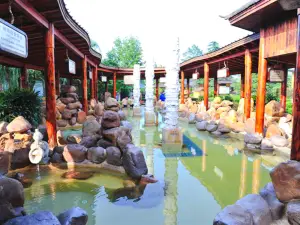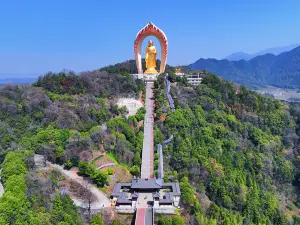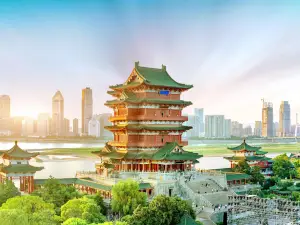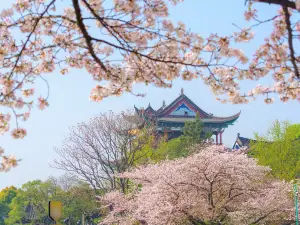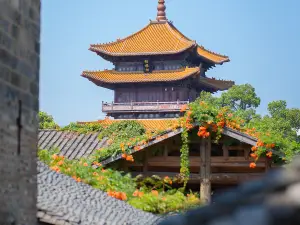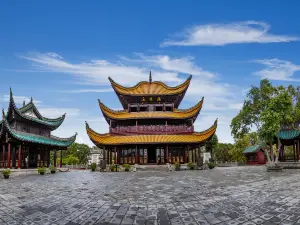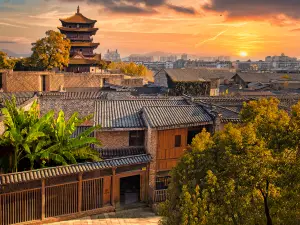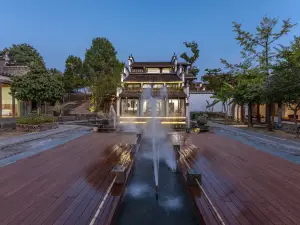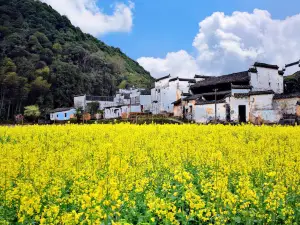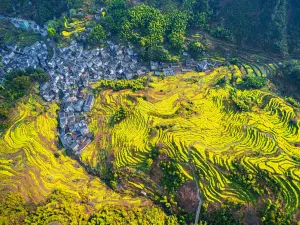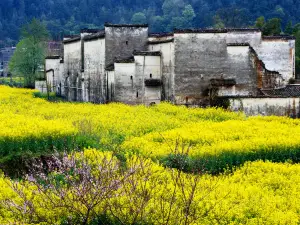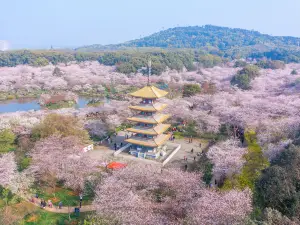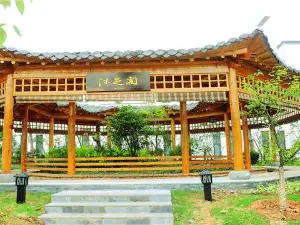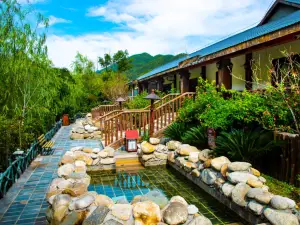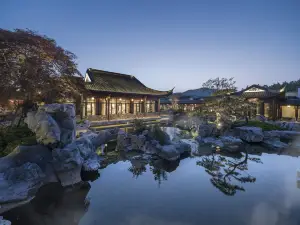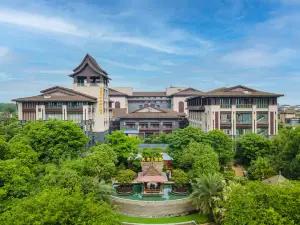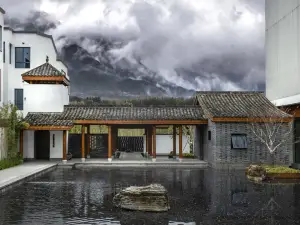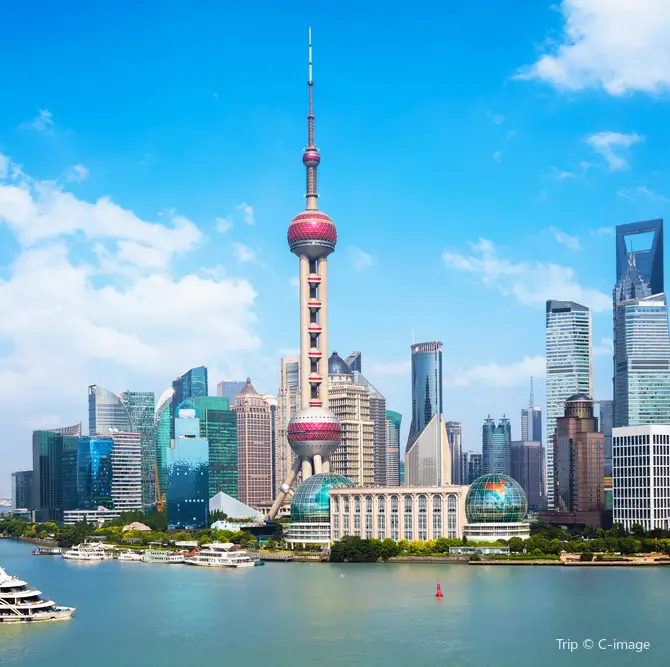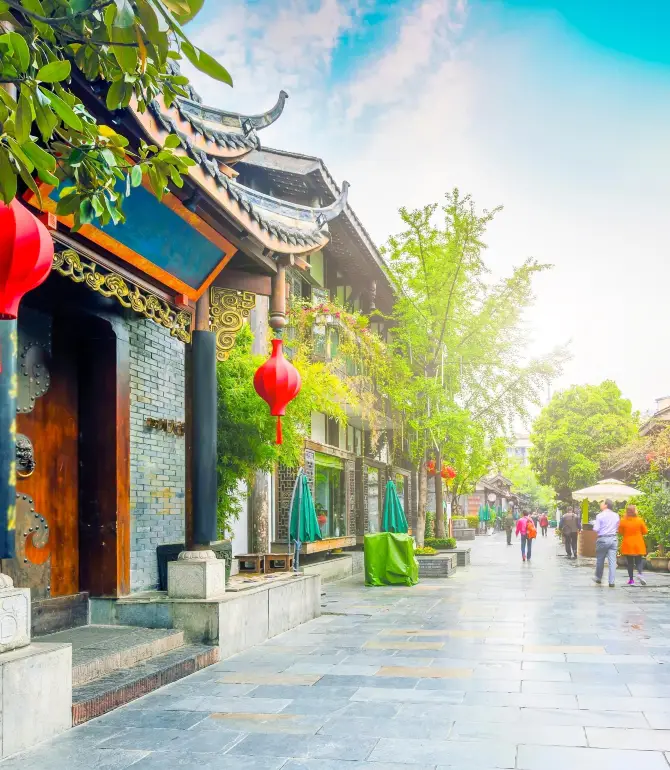Things to Do in Lushan in 2025 - Top Attractions, Local Food, Hotels & Travel Tips (Updated May 2025) | Trip.com
About Lushan
Recommended trip: 2–3 day(s)
Recommended trip: 2–3 day(s)Current Weather Conditions
Lushan Local Experiences Map

Trending in Lushan
Lushan Local Travel Guide 2025
Lushan Brief Guide
Lushan is a county-level city in Jiangxi province's Jiujiang City. It is the second county-level city in Jiangxi Province to be named after a scenic spot. Located in the northern part of Jiangxi province to the south of Jiujiang, Lushan faces toward Poyang Lake with Lushan Mountain towering behind it. The majestic blue-green peaks, the spectacular silvery-white waterfalls, and the magical wondrous sea of clouds are all part of Lushan Mountain's infinite charm. Lushan Mountain is a famous scenic spot and summer resort known for its cool weather in both the summer and the spring.
Lushan Must-try Local Experiences
1. Explore the Majestic Mountains and Waterfalls of Lushan Immerse yourself in the breathtaking beauty of Lushan National Park. Hike or take a scenic cable car ride to the summit of Mount Lushan for panoramic views, marvel at the Three-Cascade Waterfall. 2. Discover Lushan's Rich History at the White Deer Grotto Academy Step back in time at the White Deer Grotto Academy, one of China's oldest academies. Explore its ancient buildings, tranquil gardens, and learn about its role in Chinese intellectual history. 3. Exploring the Majestic Donglin Buddha At 48 meters tall, the golden Donglin Buddha stands proudly on a mountain peak. Inspired by the Tang Dynasty’s finest, it is a rare open-air bronze Amitabha statue, showcasing exquisite contemporary religious artistry in China. 4. Sample Local Cuisine Must-try dishes include Lushan Yunwu Tea, Lushan Stone Chicken, and local snacks. Explore local restaurants and street food stalls. 5. Capture the Beauty of Lushan Waterfalls Lushan is home to picturesque waterfalls like the San Diequan. These spots are perfect for capturing stunning photos. 6. Relax in Lushan Hot Springs Lushan's hot springs are perfect for unwinding after a day of exploring. The natural hot springs offer a relaxing experience. 7. Enjoy a Boat Ride on Lulin Lake Lulin Lake, located within Lushan National Park, offers tranquil boat rides. It's a peaceful way to enjoy the natural beauty and serenity of the area.
Lushan Must-see Attractions
Lushan, a UNESCO World Heritage Site in Jiangxi province, China, is celebrated for its breathtaking natural landscapes, historical and cultural sites, and attractions like Donglin Buddha, Lushan Tianmu Hot Spring Resort, Lushan Ropeway, and Three-Cascade Waterfall, making it a holistic destination for nature lovers, culture enthusiasts, and spiritual seekers.
Lushan Food Guide
Lushan's culinary delights, such as stone fish with fried eggs, Lushan stone ear, Lushan cabbage, and braised meat with bamboo shoots, stand out for their natural ingredients and simple preparation. Each dish is not only refreshing and delicious but also boasts unique flavors and health benefits, making them highlights of Lushan's gastronomic experience.
Lushan Transportation
Lushan's transportation network is primarily served by its railway station and airport, both of which are essential for intercity travel and cater to the needs of tourists and residents alike. Jiujiang Lushan Airport (JIU / ZSJJ) is a key gateway to the region, having resumed operations in 2021 after a period of closure. Located approximately 33 kilometers from Jiujiang City and 9.8 kilometers from the Lushan Mountain Scenic Area, the airport facilitates flights to major Chinese cities such as Beijing, Shenzhen, and Haikou. To reach Jiujiang city center from the airport, travelers can take an airport shuttle bus to Jiujiang Coach Station or a taxi. Lushan Railway Station, part of the extensive Chinese railway network, is another vital transportation hub. It serves the Beijing–Kowloon Railway and the Nanchang–Jujiang intercity railway, with high-speed trains connecting to major cities such as Nanchang, Hangzhou, and Beijing. From the railway station, visitors can take a bus or taxi to reach the Lushan Scenic Area or other destinations within the city.
Lushan Where to Stay
Lushan is renowned for its captivating natural beauty and cultural richness, offering travelers a diverse array of accommodation areas each with its own distinct charm. The region is dotted with various hotels and resorts that cater to different preferences, ensuring every visitor finds a suitable place to stay amidst the scenic grandeur of Lushan.
Lushan Best Time To Visit
The best time to visit Lushan Mountain is from May to October. During this period, summer offers a cool and pleasant climate, ideal for witnessing the mountain's waterfalls in their full splendor. Additionally, the autumn months of September and October present the most beautiful views, with the foliage creating a picturesque landscape. This time frame allows visitors to fully appreciate the natural beauty and cultural significance of Lushan, making it an optimal period for travel and exploration.
Lushan Useful Guide
In Lushan, Mandarin Chinese is the predominant language. Tourists should anticipate communication difficulties as Lushan is off the beaten path for independent foreign travelers. No specific translation services are mentioned, but travelers can prepare by learning key Chinese phrases. Multilingualism is not detailed for Lushan, but carrying a translation app or phrasebook, using simple Chinese phrases, and relying on non-verbal communication like gestures can be helpful.
Trip.Best: Lushan
Popular Destinations
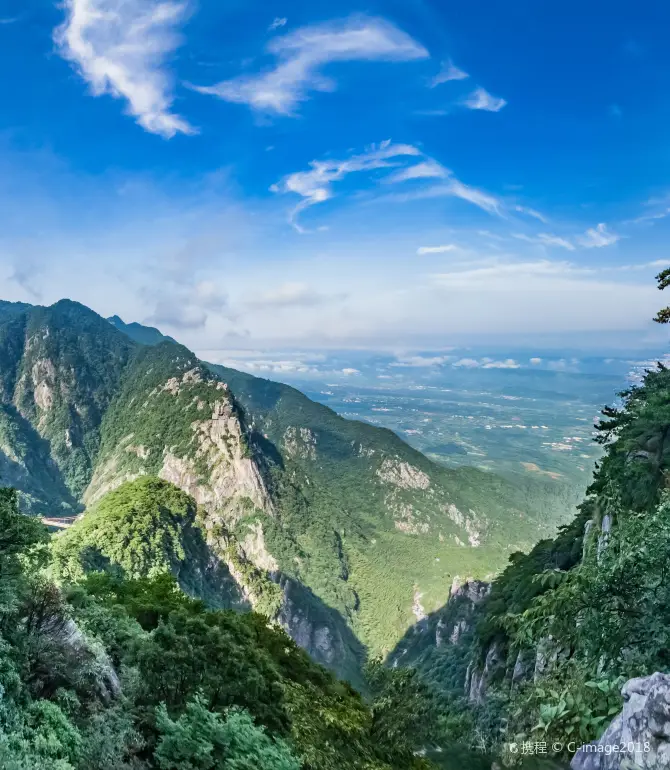
Lushan Global Geopark
Things to do in Lushan
What to Do
Where to Stay
What to Eat
Lushan Moments: Through Travelers' Eyes

Don't climb Lushan Mountain from March to May! A local friend told me the truth!

Spring in Lushan

Lushan Mountain: One of China's Top 9 Sunrise Spots

A 4-Day Nanchang Trip: Full of Surprises, Come and See for Yourself!

This isn't Hokkaido, it's Lushan Mountain under a blanket of snow!
![[Must-See Attractions in Jiangxi: Where Mother Nature Uses Photoshop]](https://ak-d.tripcdn.com/images/1mi0z12000jrnaqz8EF9D_W_320_0_R5.jpg?proc=source/trip)
[Must-See Attractions in Jiangxi: Where Mother Nature Uses Photoshop]

Let's Discover Lushan, China: Where Nature's Majesty Meets Timeless Beauty

Just returned from Jiujiang, sharing some honest truths
Best of Lushan
Site Operator: Trip.com Travel Singapore Pte. Ltd.
